What’s it like to navigate Glenwood South in a wheelchair? Disability advocate Ali Ingersoll invites Billy Warden to find out.
by Billy Warden | photographs by Joe Pellegrino
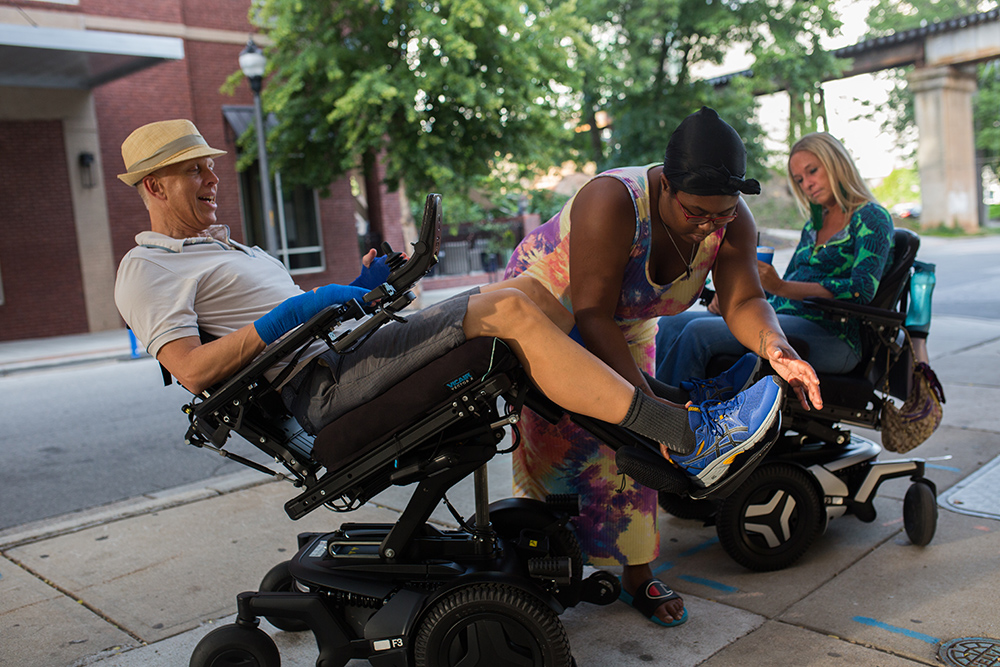
“You need a butt lift,” Ali Ingersoll announces, eyeing the way my body has sunk and slouched into the cushion of the Permobil F3, a motorized wheelchair just like hers. “You don’t want a pressure sore or curvature of the spine.”
We’re parked on the sidewalk outside the clubs lining Glenwood South, where Ingersoll has invited me to spend an evening in her shoes — or chair. It’s not as a stunt, the disability advocate and recently-named Ms. Wheelchair America explains to me. It’s a way to push past what late disabilities activist Stella Young coined “inspiration porn”: the tendency of the “abled” to bestow heroic sainthood on the disabled just “for getting up in the morning.” Tonight, Ingersoll says, I’ll experience a small portion of her daily life.
“You won’t know catheters and pain, but you’ll know what it’s like to have to always look up at other people and to try to reach for something you can’t quite get,” Ingersoll says. “I want to challenge people’s boundaries and shift their perspectives.”
So caregiver Briana Lindsey wraps her arms around my chest and tugs my torso straight, then yanks the wrinkles out of my shorts. “You don’t want wedgies either,” Ingersoll winks.
The ride along the sidewalk is punishing enough. As I struggle to master the speed control, all the cracks and ridges that are inconsequential on foot jerk and jar the chair, hammering my tailbone and rattling my teeth.
The Permobil F3 — provided by Stalls Medical — is top of the line. It’s quick on a pivot, but that still doesn’t prevent tangles in the tight club spaces.
“Try a three-point turn,” Ingersoll urges after I haplessly wedge myself into an unforgiving corner, blocking an exit as patrons pile up behind me. Twenty or so turns later, we finally make it out.
The ‘abled’ we encounter are patient with me. With Ingersoll, it’s a different story: attracted to her confidence, revelers are adoring. The resulting conversations always seem to wind around to a complete stranger telling Ingersoll about a friend in a wheelchair (“He was a boxer, and he got hit the wrong way …”) or an accident of their own (“I was skiing, and …”). Ingersoll makes a point to listen and chat — even if sometimes she just wants to get a mojito.
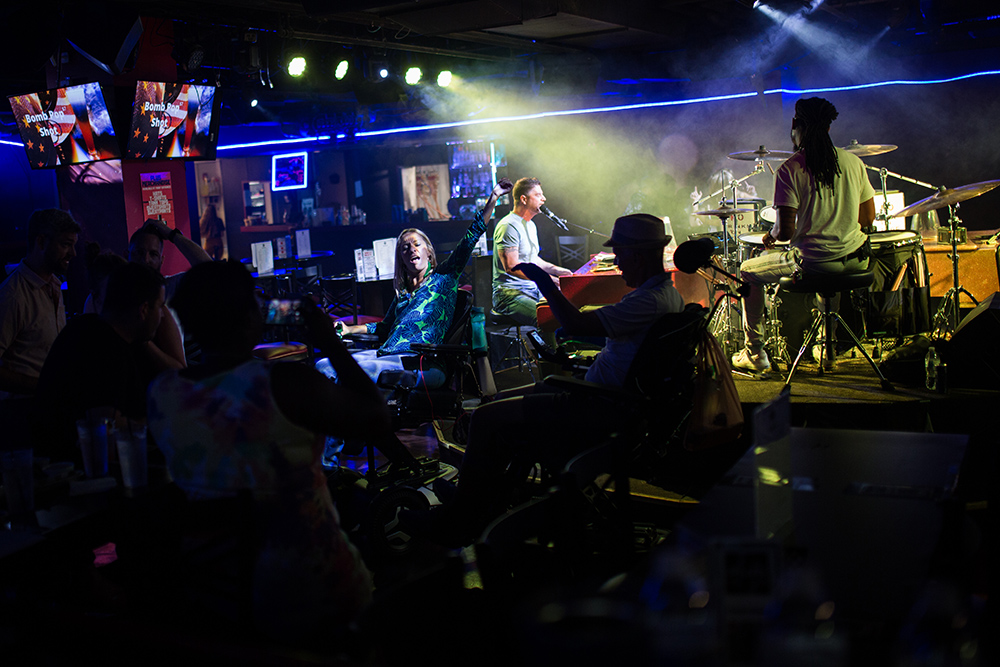
On to the next venue, we jay-walk — “make that jay-wheel,” we laugh — across the busy main drag to a string of vintage homes converted into a sprawling hotspot. As Ingersoll describes to a staffer all the club’s challenges for wheelchairs (so many stairs; so few ramps), I swing around back.
There, I find the posse of partiers we had encountered earlier. “Hey!,” they shout, waving. And I’m moved by their welcoming enthusiasm.
Then a young lady inquires, “Where’s the other one?”
And that stings. The “other one” —as if Ingersoll and I are an alien species of traveling minstrels overdue to put on a show. It harkens to the objectification that Young described in a 2014 TEDTalk, encountering abled folks that look at people with disabilities as curiosities, props or vehicles for finding inspiration.
Agitated and eager to escape the revelers, I flood my chair’s steering panel with too many commands and it freezes. I’m stuck. More than anything, I want to get up and walk away. But I stay there, frustrated, sweat beading on my forehead. Finally, I manage to wave Ingersoll over.
The fix to the chair is simple; an off/on reboot is all it takes. The feeling of those few moments isn’t so easy to glide past. Ingersoll tells me later that what I experienced “is common to a lot of disabled people. Being made to feel different and uncomfortable, like there’s something wrong with them.” Now, I understand: people are different, what’s a smooth sidewalk to one may be someone else’s rough ride. But no one wants to be treated like the ‘other.’


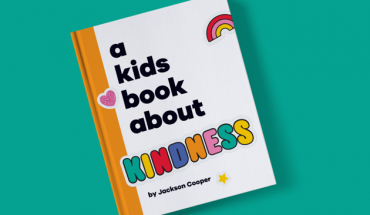
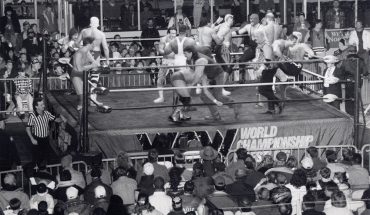
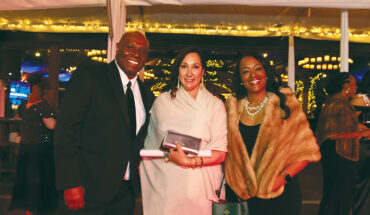
Pingback: New Heights: Disability Advocate Ali Ingersoll - WALTER Magazine